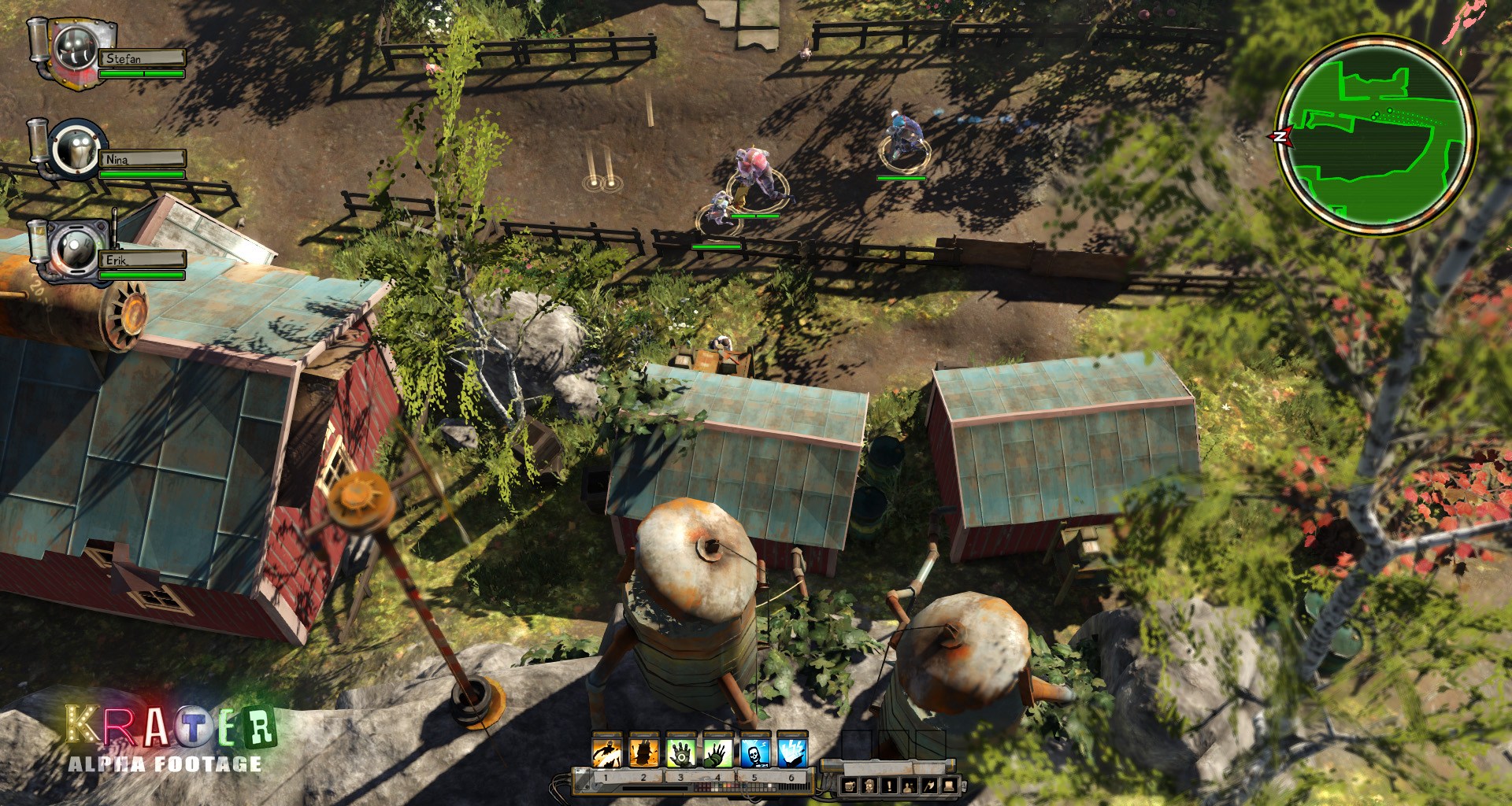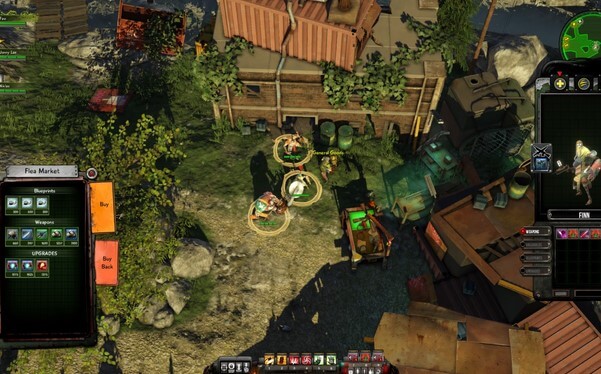
Interior view of shield highlights Achilles, compared to Hector appearing deliberately weak because of the placement of his shield.Raised feet, legs moving forward, ready to attack.Depicted totally unprotected with his shield twisted around him.Blood is spurting from wounds on his chest and leg.Knees are bent as if stumbling backwards.The arrow is perhaps a hint of the fate that awaits Achilles. Raised feet indicate movement – Apollo is leaving the doomed Hector and waving farewell.Achilles is then killed by Paris, with the help of Apollo, as revenge for the deaths of Hector and Troilus. The heroes are urged on by their respective patrons. A depiction of a battle in the Trojan War between Greek hero and Trojan prince.She can also be identified by her helmet and spear.She is wearing her snake-covered aegis.These inscriptions are part of narrative technique – naming characters helps the painter to convey what is happening on the vase.The inscriptions on the vase are the names of the figures.The volute krater is the perfect shape because it has a large belly and wide mouth so vessels can be dipped in to it.Handles of this krater are different to other types of kraters.Used for mixing wine and water at symposium.This amphora is stylistically very similar to the volute krater so we can assume it is by the same painter. An amphora was found in Berlin, after which this nickname was coined.


The firing was stopped before the slip turned red once again.Berlin Painter: Volute Krater 500-480BC Potter: Unknown Painter: Berlin Painter The fresh oxygen supply turned the pottery back to red. The kiln was then starved of oxygen and filled with carbon monoxide (by using wet fuel), causing the slip to turn black. Careful control of the firing process allowed Greek potters to oxidise the body of the pot, turning it red, by keeping the kiln well ventilated. The vase is decorated in the 'red figure' technique in which the areas surrounding the figures are painted in a slip (mixture of clay and water), leaving the red pottery showing through. These formed the nucleus for Hope's own collection of vases, which he displayed at Duchess Street. In 1801 Hope purchased the second collection of ancient vases formed by Sir William Hamilton, formerly the British Ambassador to the Naples court.


(1807), illustrating objects he had designed for his London house at Duchess Street. The most important of these publications was Household Furniture and Interior Decoration. The vase was once owned by Thomas Hope (1769-1831), the collector, connoisseur, patron and designer, who published a number of influential books of designs. The krater was an ancient Greek vase with two handles that was used to mix wine and water.


 0 kommentar(er)
0 kommentar(er)
